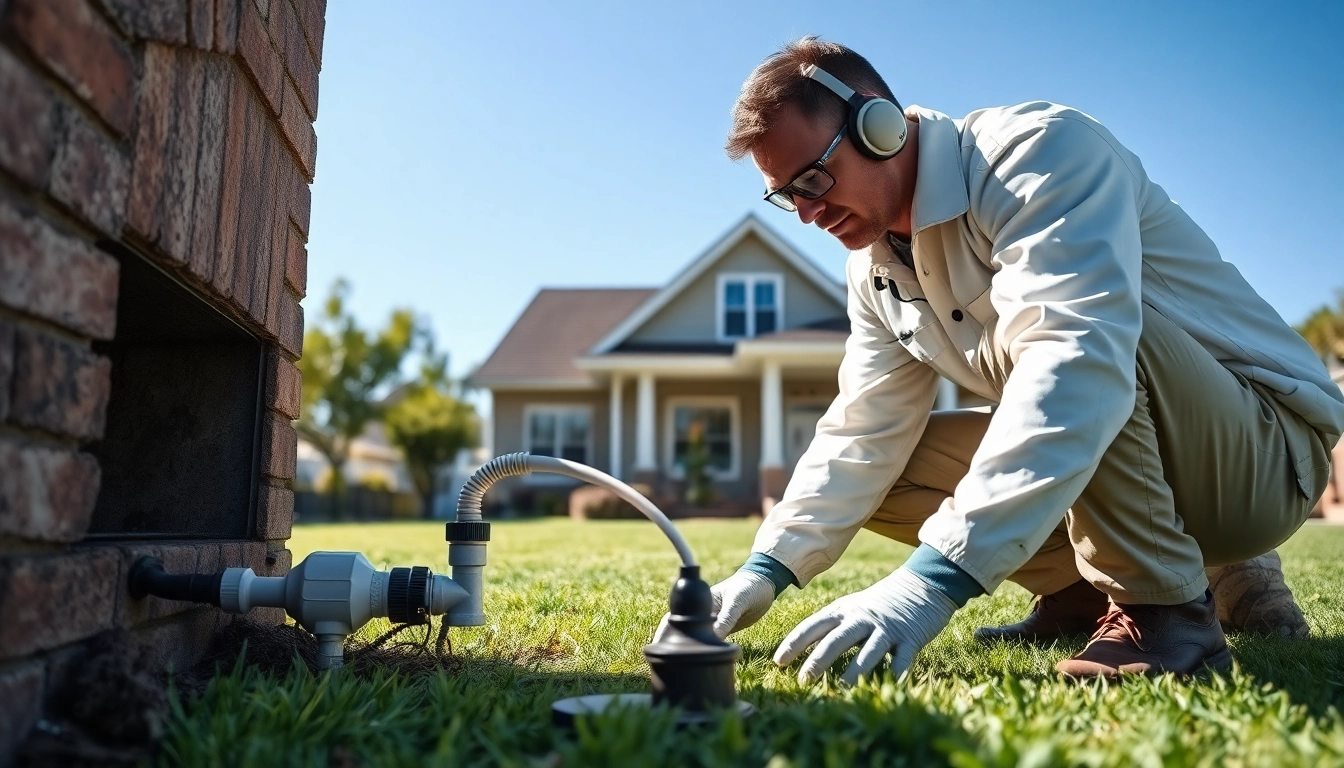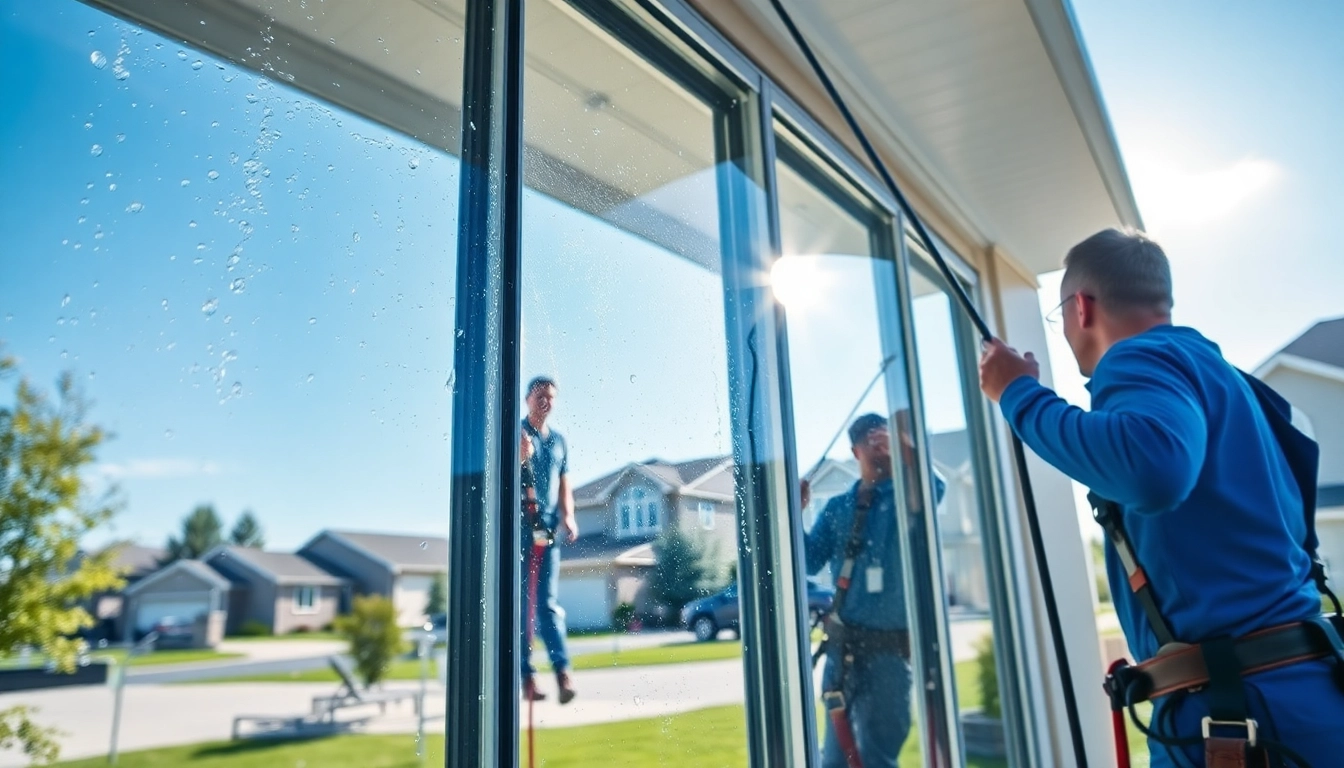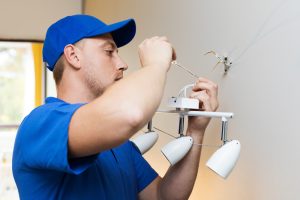Expert Guide to Termite Reticulation System Refills: Maintenance, Costs, and Insights
Understanding Termite Reticulation Systems
When it comes to safeguarding your property against the destructive forces of termites, few solutions are as effective as a termite reticulation system. This innovative approach involves a network of underground pipes that deliver chemical treatment throughout your home’s perimeter, offering continuous protection against these pests. This article will delve into every aspect of termite reticulation system refills, including their operational mechanics, maintenance routines, and cost considerations, ensuring you remain informed and prepared.
What is a Termite Reticulation System?
A termite reticulation system consists of a series of interconnected pipes that are strategically installed around the foundation of a home. These pipes are embedded beneath the soil and filled with a termite-inhibiting chemical. The design enables the treatment to percolate through the ground, creating a barrier against termites that is both effective and long-lasting. This system allows for consistent and controlled distribution of the termiticide, minimizing the chances of infestation.
How They Protect Your Home
Termites can cause severe damage to wood structures, often without homeowners being aware until it’s too late. A properly installed termite reticulation system serves as a proactive measure, providing several layers of protection:
- Continuous Chemical Barrier: The system maintains a consistent chemical barrier around the home, deterring termites from accessing the structure.
- Effective Treatment Delivery: Unlike spot treatments, which can leave gaps, a reticulation system delivers the treatment throughout the perimeter, ensuring comprehensive coverage.
- Reduced Chemical Usage: The targeted application reduces the amount of chemicals needed compared to traditional spraying methods, resulting in a more environmentally friendly approach.
Components of a Termite Reticulation System
Understanding the components of a termite reticulation system can help homeowners appreciate its functionality and maintenance needs. Key components include:
- Pipes: Durable PVC or polyethylene pipes installed underground that transport the chemical treatment.
- Access Points: Strategically placed access points on the ground surface, allowing technicians to refill the system easily and provide maintenance.
- Termiticide: A specially formulated chemical that is toxic to termites but safe for humans and pets when used correctly.
- Pressure Gauge: This monitors the system’s pressure, ensuring that the chemical is distributed effectively.
When to Schedule Termite Reticulation System Refills
To maintain the efficacy of your reticulation system, understanding when to schedule refills is crucial. Regular maintenance not only enhances protection but also prolongs the system’s lifespan.
Signs Your System Needs a Refill
Knowing the warning signs that your termite reticulation system requires a refill can save you from potential infestations. Here are some indicators:
- Increased Termite Activity: Finding signs of termite activity such as mud tubes or droppings may suggest that your system is no longer effective.
- Changes in Soil Levels: If you notice soil settling or erosion around your access points, it may indicate compromised treatment levels.
- Odor of Termiticides: The absence of chemical odor around the perimeter can indicate depletion of the termiticide.
Recommended Refill Frequency
The optimal frequency for refilling termite reticulation systems typically varies based on several factors, especially the active chemicals used. Experts generally recommend refilling every 3 to 5 years to maintain protection. Some systems may require refills more frequently—up to every 3 years—especially those using less durable chemicals or in regions with high termite activity.
Factors Impacting Refill Timing
Several factors may influence how often your system needs a refill:
- Type of Chemical: Different chemicals have varying lifespans and effectiveness levels, directly affecting refill frequency.
- Environmental Conditions: Areas with heavy rainfall may require more frequent refills due to leaching effects.
- Soil Composition: Sandy soils may absorb chemicals faster compared to clayey soils, impacting longevity.
Cost of Termite Reticulation System Refills
Understanding the financial aspects of maintaining a termite reticulation system is vital for every homeowner. The costs can vary significantly based on several factors.
Average Pricing for Refill Services
The average cost for refilling a termite reticulation system ranges from $300 to $600, depending on the specific circumstances of the property. Factors affecting price include:
- Size of the Property: Larger homes typically incur higher costs due to the increased amount of chemical required.
- Accessibility of Access Points: If access points are difficult to reach, additional labor may be required, increasing overall costs.
- The Type of Termiticide Used: More expensive and advanced chemicals may boost refill costs compared to standard options.
Exploring DIY vs. Professional Refills
Homeowners may wonder whether to attempt DIY refills or hire a professional service. While DIY refills can save money, they come with risks:
- DIY Pros: Potentially lower costs and the ability to schedule maintenance at your convenience.
- DIY Cons: Difficulty ensuring proper chemical application and the risk of improper handling could lead to ineffective treatments.
- Professional Pros: Techs come equipped with specialized knowledge and equipment, guaranteeing optimal system performance.
- Professional Cons: Higher costs, but often justified by the quality assurance and peace of mind.
Impact of Chemical Choices on Cost
The type of chemicals used in your system significantly influences both refill frequency and overall costs. Some of the most common chemicals include:
- Fipronil: A popular choice due to its efficacy, but it may come with higher refill costs due to its concentrated nature.
- Imidacloprid: Typically less expensive than Fipronil but may require more frequent applications depending on environmental conditions.
- Chlorfenapyr: Effective for long-term protection, but it can also be costlier upfront.
Best Practices for Maintaining Your Termite System
Preventing termite infestations is not just about installing a system; it involves a continuous commitment to maintenance and vigilance.
Regular Monitoring and Inspections
Regular inspections are crucial in preventing termite infestations. Homeowners should conduct annual inspections to check for visible signs of termite activity and ensure that the reticulation system is functioning properly. Additionally, looking for signs of dead termites or frass (wood dust) around the house can alert you to any ongoing activity.
Chemical Maintenance Guidelines
When it comes to maintaining your termite reticulation system, adhering to best practices for chemical management is key. These guidelines ensure that the system remains effective:
- Choose the Right Chemicals: Tailor your choice based on your property’s needs and environmental conditions.
- Follow Label Instructions: Always adhere to manufacturer guidelines for application rates and safety measures.
- Store Chemicals Properly: Keep all chemicals in a safe place, away from children and pets.
Working with Professional Pest Control Services
Partnering with a reliable pest control service is invaluable. A trained technician can provide insights based on the current state of your system and any local pest activity. Establishing a routine schedule for inspections and refills with professionals ensures your system remains in top working order.
Future Trends in Termite Control Solutions
As pests evolve, so do the methods to control them. Future advancements in termite control are likely to enhance the effectiveness and reduce the environmental impact of reticulation systems.
Innovations in Reticulation Technologies
Emerging technologies in termite control show great promise in improving system efficacy. Smart sensors, for example, can monitor chemical concentration and alert homeowners when levels are low. Innovations such as biodegradable chemicals may allow homeowners to maintain protection without harming the surrounding ecosystem.
Environmental Considerations
There’s a growing focus on making pest control more environmentally responsible. Advances in organic pesticides and greener chemical formulations are making integrated pest management practices more appealing and accessible.
Preparing Your Home for Evolving Pest Threats
As climate changes impact pest behaviors and migration patterns, it’s essential to stay vigilant. Homeowners should regularly update themselves on the latest pests in their area and adjust their pest management strategies accordingly.














Post Comment